10 Best Places to Visit in October in the USA

Searching for the best places to visit in October? Well, you are in the right place! Since I was first stunned by the beauty of Vermont’s fall foliage 30 years ago, I’ve made it a tradition to set aside plenty of time each October to explore the USA. Living in Texas means I get to experience fall twice. I can watch the leaves turn in Vermont, Colorado, or Upstate New York, and then, when I return home, I get to enjoy Texas’s own fall foliage and festivals for another four weeks (yes, we do have beautiful displays here, just about a month later than most of the country!).
The cooler weather also makes October one of the best months for hiking, road trips, and outdoor adventures, without the summer crowds (or heat!). Here are the ones I recommend, and I think you’ll enjoy them too.
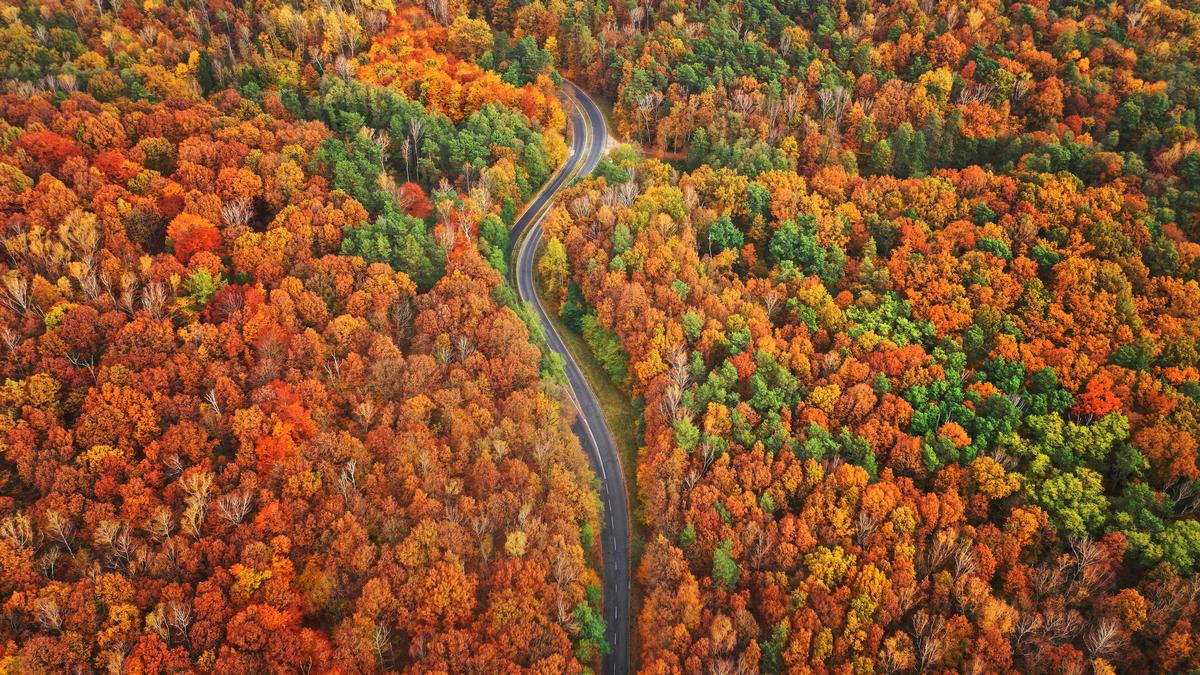
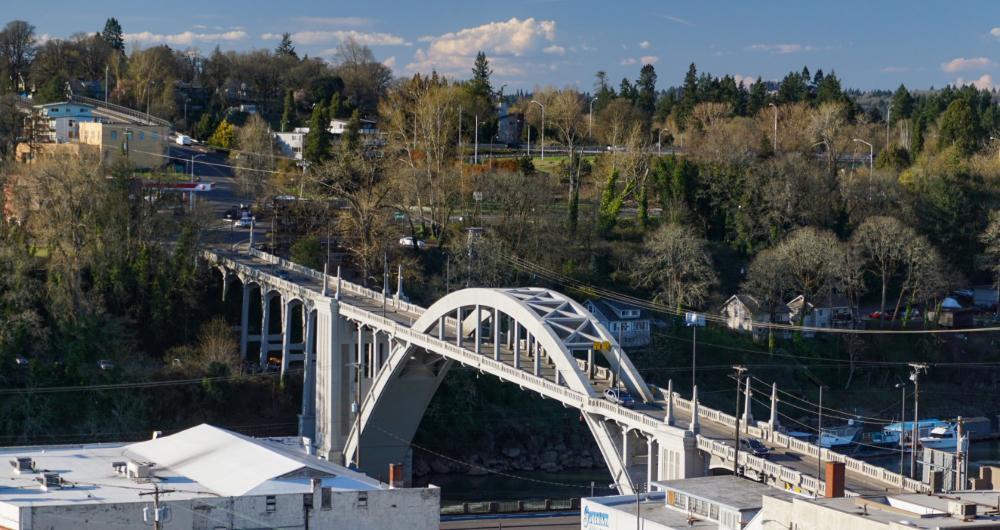
1. Oregon City, Oregon
We adored visiting this charming historic town and I think it's one of the absolute best places to visit during Columbus Day weekend! It felt like a special time because the brilliant fall foliage had blanketed the rolling Willamette Valley hills, its 19th-century streets along Main Street and Singer Hill became cozy and atmospheric, and seasonal haunted history tours brought the town’s past to life.
I also loved the small-town festivities in the crisp autumn air, including the one day Oregon City Harvest Festival in October, the Willamette Falls Autumn Paddle (for kayakers!), and the many Halloween happenings.
We drove just 30 minutes from Portland, checked into the 3-star Best Western Plus Rivershore Hotel (around $99/night) for three days, and spent a long weekend exploring the trails at McLoughlin Promenade and Canemah Bluff Nature Park, taking in stunning views of Willamette Falls, and hearing the stories at the End of the Oregon Trail Interpretive Center.
- Location: In the Willamette Valley, just southeast of Portland
- Average temperature: 45°F – 61°F (7°C – 16°C)
- Map
What I loved best:
My favorite highlight was discovering the Oregon City Municipal Elevator, the only outdoor vertical street elevator in the U.S., which offered panoramic views of the autumn colors and Willamette River. If was truly one of the best October vacation ideas!

2. Oceanside, California
This is one of my favorite beach towns to slip into this month because Oceanside has that relaxed, sun-washed vibe the moment you arrive.
October still felt like summer here, just without the crowds which meant that we found a cheaper room to stay. One of the places to visit in October in the USA was Oceanside because the sun was low and golden, the beaches wide open, and the boardwalk quieter than during my earlier summer visit.
I also found that there was a fun calendar of fall events including the free annual Dia de los Muertos Festival, weekly Sunset Market in Downtown Oceanside, and family-friendly pumpkin patches at nearby farms.
We flew into San Diego International Airport and stayed four days in an Ocean View King room at the stylish beachfront 4-star Mission Pacific Beach Resort (around $406/night), perfectly located for exploring and it completely won me over. Dinner at Michelin-starred Valle is the perfect spot for a special celebration like an anniversary or your birthday. In the 2024 Travel + Leisure “World’s Best Awards”, Mission Pacific was voted #1 Resort Hotel in the Continental U.S. and #1 California Resort Hotel so you can trust that it's a special place to stay.
I strolled along the historic Oceanside Pier for an hour, we checked out the tide pools at Buccaneer Beach for an hour, and explored the creative galleries in the city’s thriving arts district.
- Location: Coastal city in San Diego County
- Average temperature (October): 60°F – 73°F (15.7°C – 23.0°C)
- Map
What I loved best:
My personal highlight of my October trip was hopping on the affordable Coaster train for a day trip through San Diego County. It's just $2.50 per ride, there are restrooms and free Wi-fi on board! We saw a lot in just a few hours and rested our feet too.

3. Oakland, Maryland
I was enchanted by this destination, when the town’s rolling hills were ablaze with fiery reds and golds, charming small-town streets hosted cozy harvest celebrations. The crisp mountain air, scenic byways, and tranquil state parks here made for the perfect autumn escape!
We took a one hour day trip from Morgantown to reach Oakland for a fun Maryland day trip. Driving and seeing leaves turn from greens to yellows, golds and reds was already half the fun. We also checked out the Autumn Glory Festival, a beloved tradition featuring parades, craft shows, and live music.
- Location: Garrett County
- Average temperature: 42°F – 59°F (5.6°C – 15.1°C)
- Map
What I loved best:
My personal highlight was seeing Maryland’s tallest free-falling waterfall in the fall at Swallow Falls State Park, one of the best parks just 20 minutes north of the city.
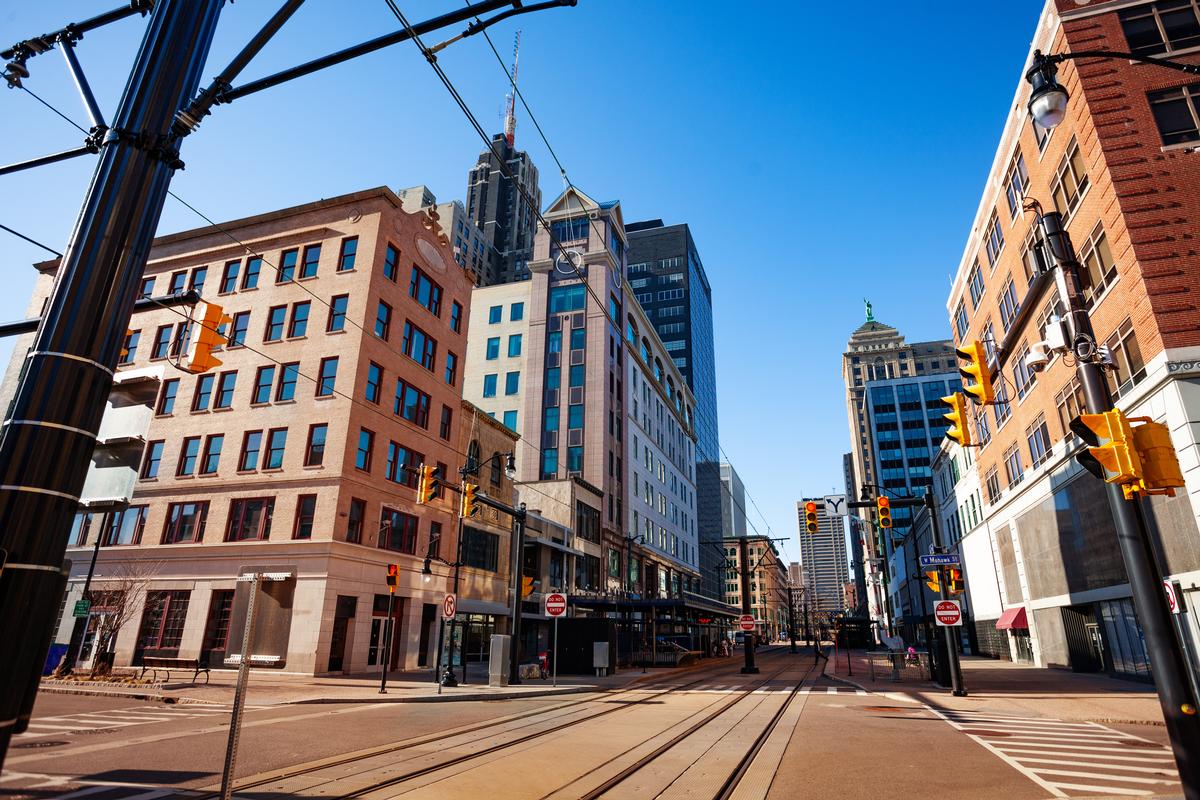
4. Buffalo, NY
I think that this is one of the best places to visit in October, especially on a Columbus Day weekend getaway. Why? Because a gorgeous autumn escape appears almost overnight, as soon as the nights turn cool! If you go any later, you might miss it.
People don't know this about me but I went to a small college in Upstate New York near "The Nickel City". When I moved here, I was struck by how quickly crisp, chilly days replaced the lingering summer heat.
The brisk October air made it the perfect season for pumpkin picking, cozying up in historic pubs, and enjoying harvest festivals.
Years later, when I returned with my son, I loved how everywhere we turned the city and its nearby towns were celebrating fall. I especially enjoyed the Buffalo Oktoberfest at Hofbräuhaus, Ellicottville’s Fall Festival, and the spooky tours through Buffalo’s historic neighborhoods leading up to Halloween.
We flew into Buffalo Niagara International Airport and used Buffalo as our base, checking into a Standard King room at the 5-star Curtiss Hotel (around $305/night) for two nights, a AAA Four Diamond award winner so you can trust to receive quality service.
From there, you can stroll along the Canalside waterfront, take a day trip to Niagara Falls, explore the Delaware Park and Japanese Garden, and drive along the Scenic Byway through the Enchanted Mountains of Cattaraugus County for peak leaf-peeping.
Don't miss the Buffalo Museum of Science was reaccredited by the American Alliance of Museums (AAM) in 2025, which is considered the highest national recognition for museums in the U.S.
- Location: Western New York near Lake Erie
- Average temperature: 47°F – 59°F (8.4°C – 14.8°C)
- Map
What I loved best:
My personal highlight was stopping at the Great Pumpkin Farm Fall Festival in Clarence with my son for a ton of fun.


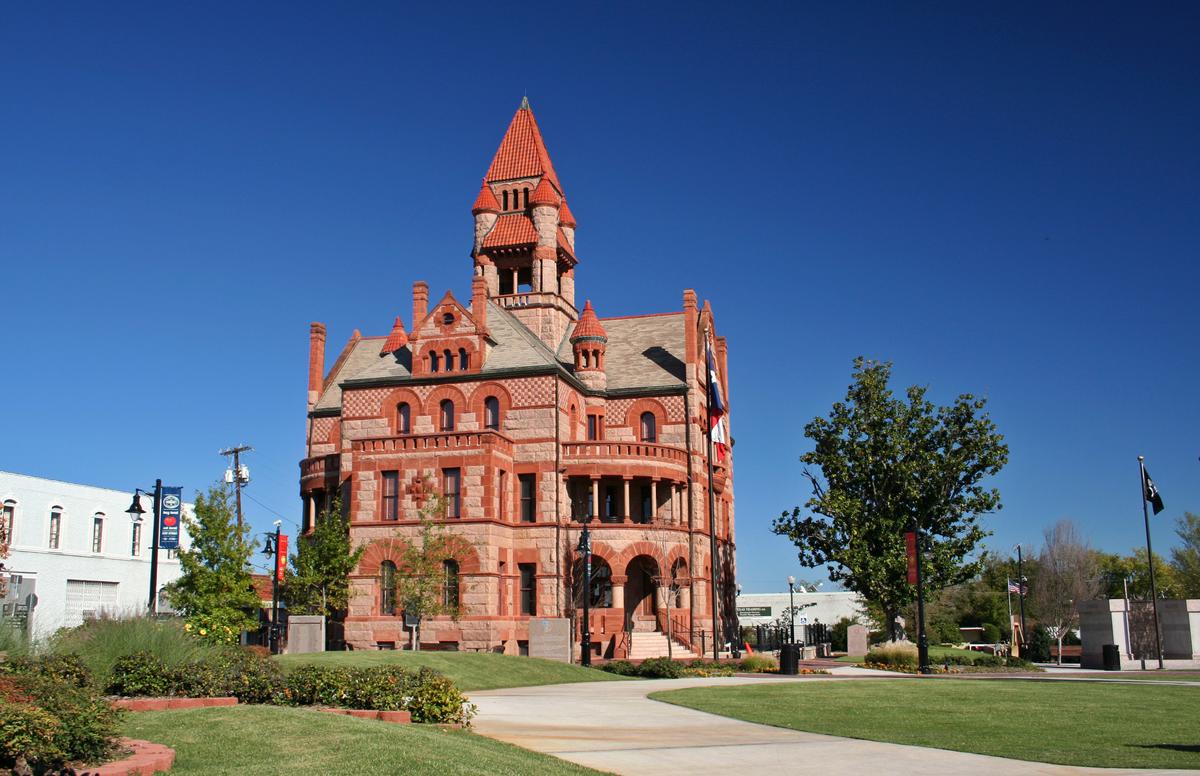
5. Sulphur Springs, TX
This is one of my favorite stops in East Texas in the fall. Temperatures are lower compared to the summer heat, and the town embraces the fall season with festive activities and small-town vibe.
Downtown buzzed with cozy cafés like Deep Routes Coffee and Haystacks, unique shops, and friendly locals, making it a warm and welcoming place to explore. Like most Texas towns, Sulphur Springs has a fun calendar of seasonal events.
October brought the Hopkins County Fall Festival, complete with a parade, carnival rides, and local food stalls.
The town’s square also hosted family-friendly Halloween trick-or-treating (of course!), and the historic courthouse lawn came alive with music and community gatherings.
I drove into town (Sulphur Springs is just off I-30, about 80 miles northeast of Dallas) and stayed at 3-star Clarion Pointe Sulphur Springs (around $111/night) for an overnight trip.
Be sure to check out downtown plaza, famous for its quirky glass-walled public restrooms, and explore the Hopkins County Courthouse.
- Location: Sulphur Springs, Texas
- Average temperature: 56°F – 75°F (13.5°C – 24°C)
- Map
What I loved best:
My highlight was walking on the trails at Cooper Lake State Park, a peaceful nature escape.
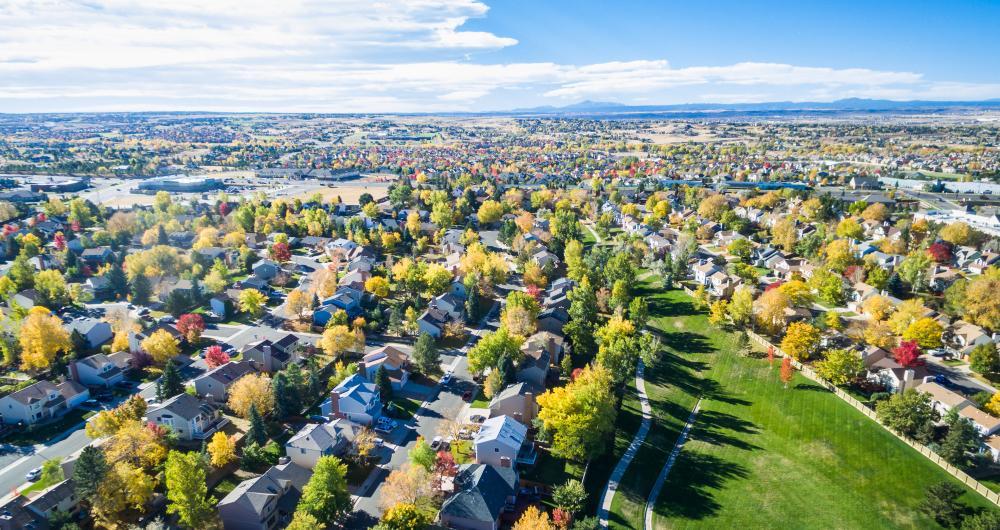
6. Aurora, CO
This is one of my favorite places to ease into the Front Range because here you get those wide-open views and crisp Colorado air without the intensity of downtown Denver.
I had such a memorable time visiting this town for seven days during Columbus Day! The cooler fall weather made it perfect for outdoor adventures, and the city mixed urban energy with easy access to nature. The city also celebrated fall with its Harvest Festival & Trick-or-Treat Trail ($2 per person), along with nearby Denver’s seasonal highlights like Oktoberfest and Halloween-themed concerts.
I flew into Denver International Airport (DEN), which is just a short drive away, and stayed for a fun weekend trip exploring both cities. I strolled through Stanley Marketplace, a cool converted aviation building now filled with shops, restaurants, and local art. Aurora’s cultural scene also shone through at the Aurora History Museum, with exhibits that told the story of the city’s past.
- Location: Just east of Denver
- Average temperature: 39°F – 62°F (4°C – 17°C)
- Map
What I loved best:
I think that Cherry Creek State Park ($?10 per vehicle) is the best place to visit for fiery fall foliage and spot wildlife by the reservoir.
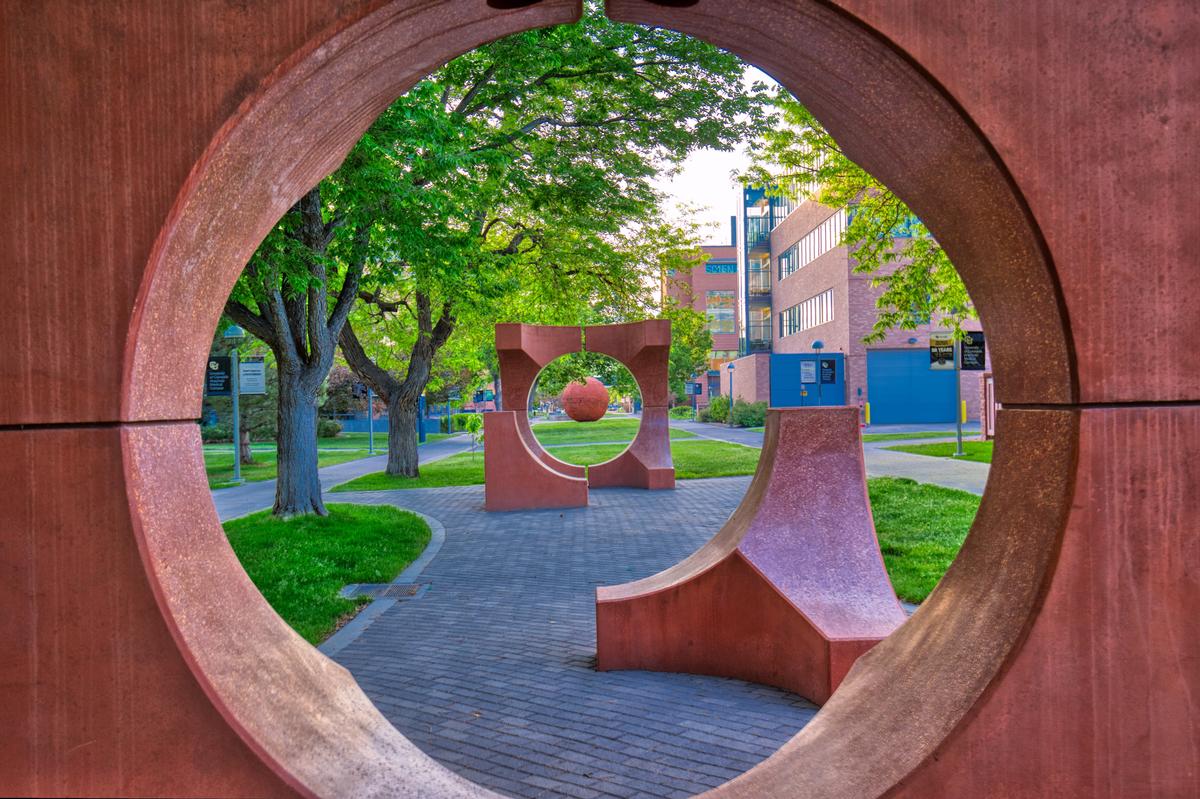

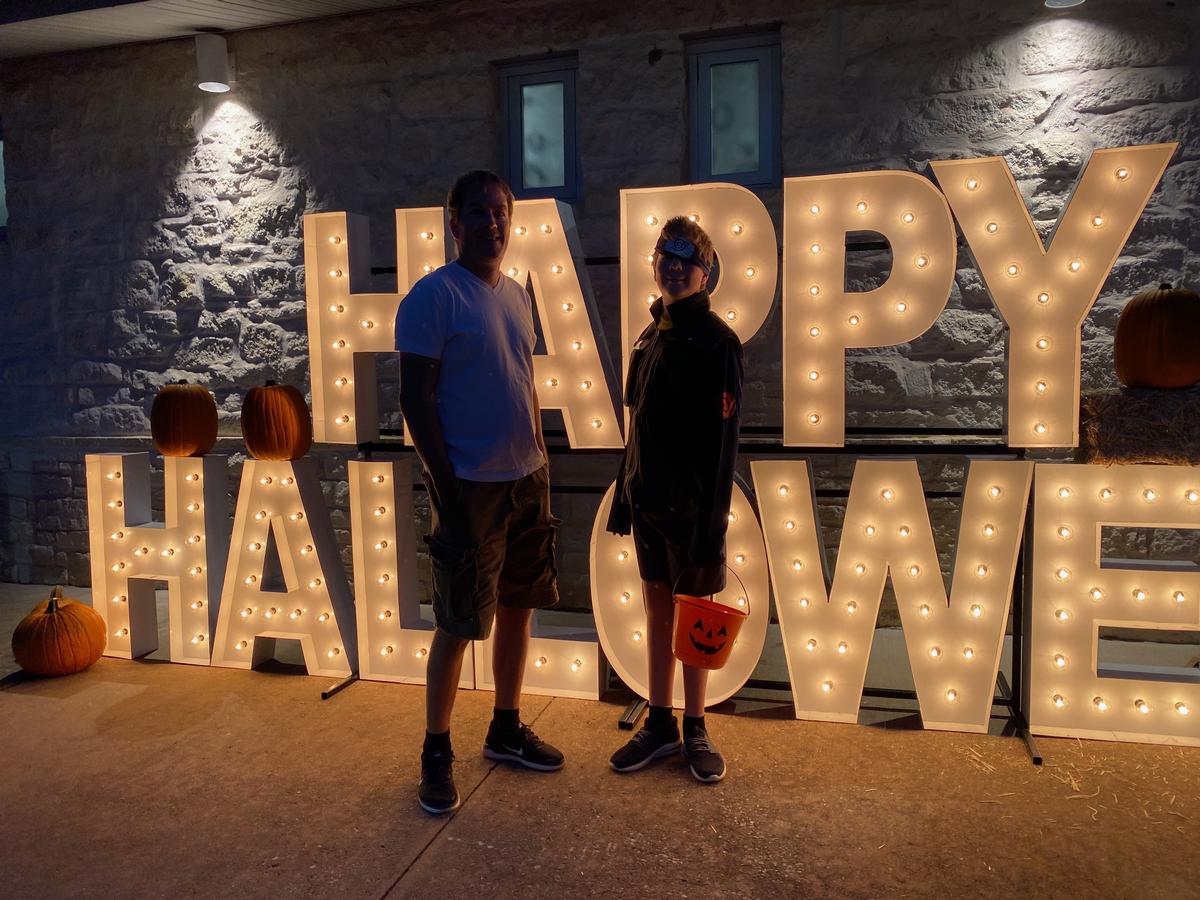
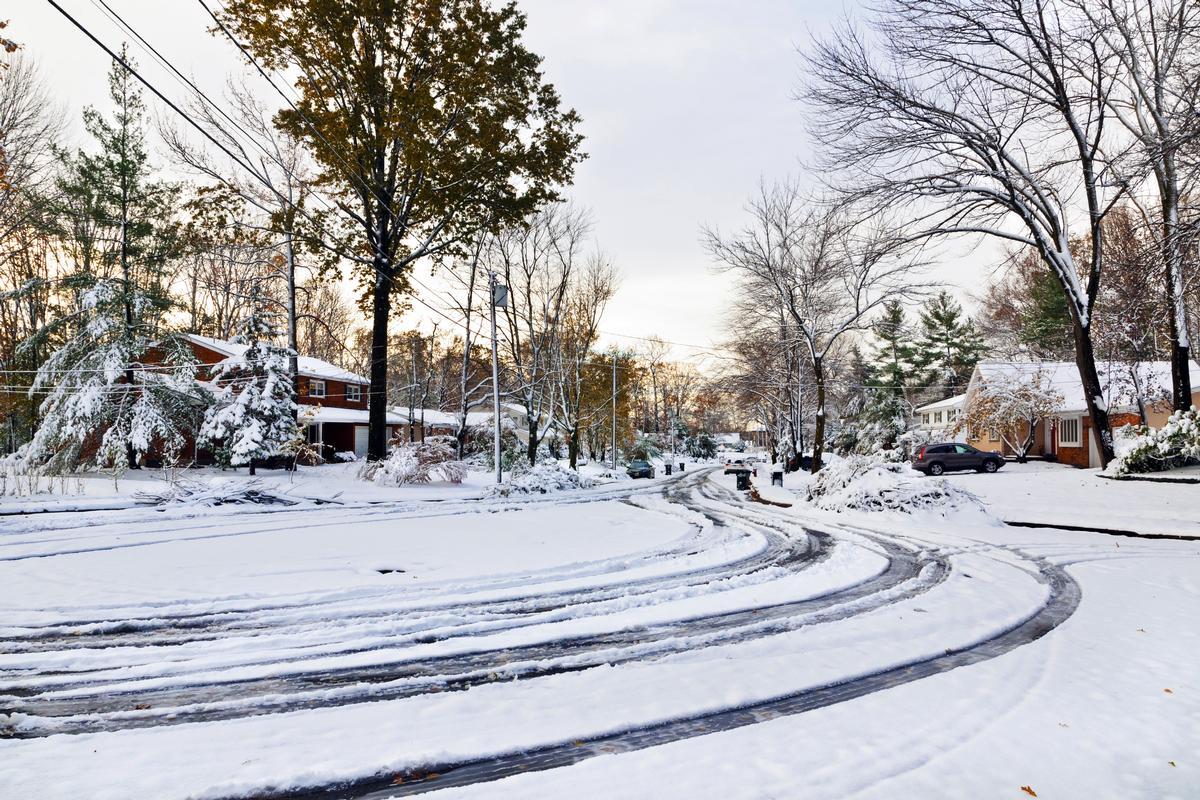
7. Edison, New Jersey
When I moved to NYC, I thought Edison, New Jersey was one of the best underrated places to visit in October. Why? The town had a lively yet down-to-earth atmosphere, with its diverse food scene and easy access to nearby cultural spots.
The weather was crisp and comfortable here, making it great for strolling through parks, exploring historic sites, and soaking in the fall colors.
Edison’s October calendar also offered plenty of seasonal fun. Families gathered at Harvest Festival and pumpkin patches around Middlesex County, while nearby towns hosted spooky Halloween parades and haunted attractions.
Plus, it's just a short train ride away from New York City so it's a very affordable day trip.
- Location: In Middlesex County
- Average temperature (October): 50°F – 63.5°F (10°C – 17.5°C)
- Map
What I loved best:
My highlights were the Thomas Edison Center at Menlo Park, and a fall foliage walk through Roosevelt Park.
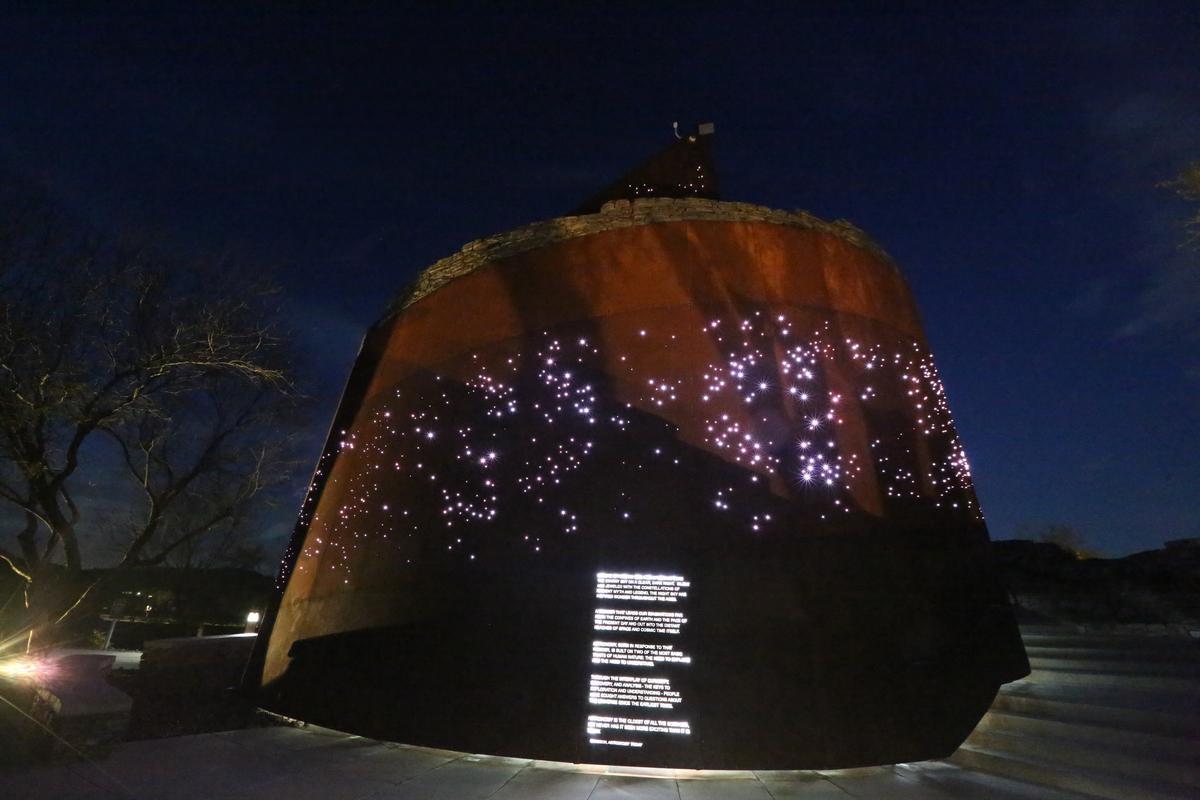
8. Goodyear, Arizona
This was a cool Columbus Day weekend trip and one of the best places to visit in October! Why? The desert heat had cooled to a warm but comfortable level, making it the perfect season for outdoor adventures. Goodyear, Arizona was friendly and relaxed, with a mix of suburban charm and easy access to stunning desert landscapes.
Goodyear also had a fun lineup of fall events like pumpkin patches, haunted houses, and Oktoberfest parties. I flew into Phoenix Sky Harbor International Airport (PHX), just about 25 miles away, and stayed for a sunny three-day visit at 3-star Best Western Phoenix Goodyear Inn (around $109/night). You can visit Estrella Mountain Regional Park, Goodyear Ballpark, and browse local shops and cafés in the nearby Litchfield Park area.
- Location: Maricopa County, near Phoenix
- Average temperature: 61°F – 90°F (16°C – 32°C)
- Map
What I loved best:
My highlight was lunch at Wildflower. Although I wasn't traveling with my furry friends, I loved their dog-friendly patio in the heart of Old Litchfield Park.
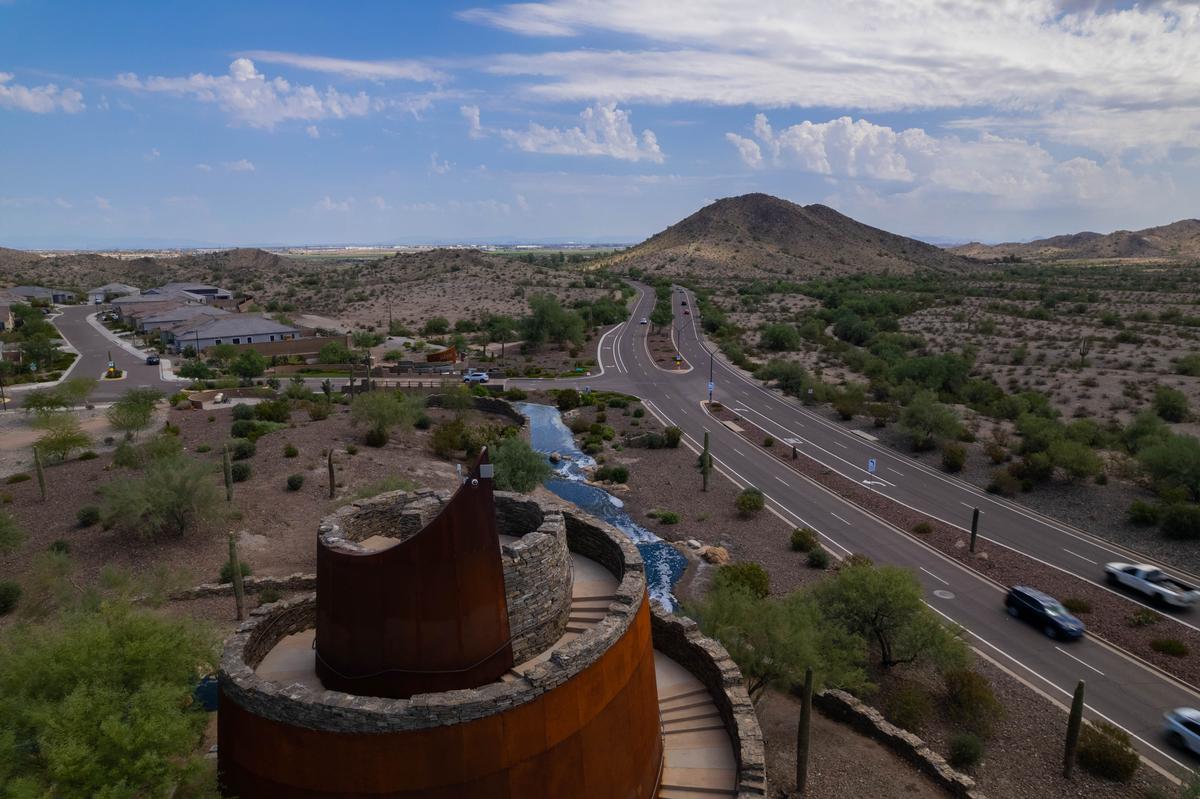
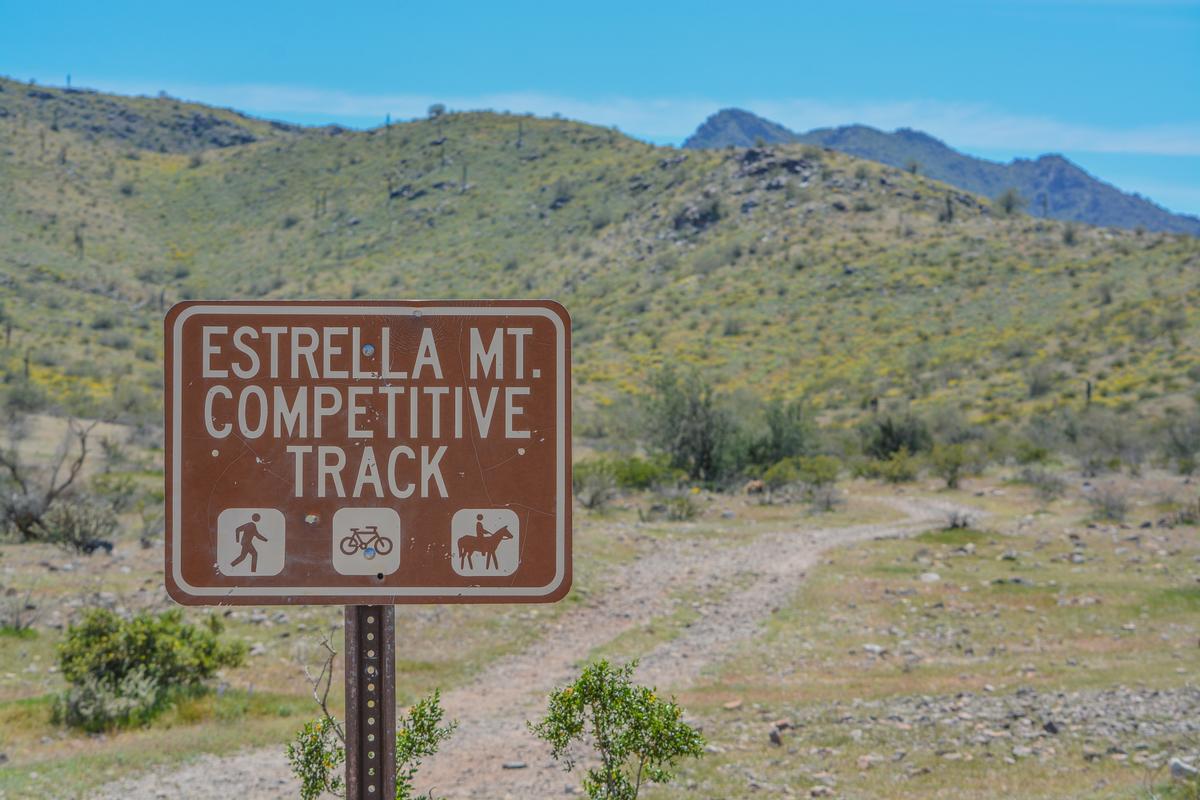

9. Killington, Vermont
This mountain town in the heart of the Green Mountains was the perfect fall getaway from my apartment in NYC, a 5-hour drive through rolling hills of fall foliage.
I think it's one of the best places to visit in October if you love the outdoors. Why? With fewer crowds before ski season, the cooler temperatures, crisp alpine air, and brilliant red, orange, and golden leaves blanketing the hills, Killington offered that classic New England charm I was looking for.
The town also came alive with festive seasonal events. I was able to check out the Killington Brewfest. We stayed for three days over a long weekend in a King guest room at 3-star Killington Grand Resort Hotel (around $317/night) with mountain views, and I filled my time with a mix of adventure and cozy downtime.
I loved the Thundering Brook Falls Trail which was a short but scenic hike that led to a beautiful cascading waterfall framed by golden maples. After exploring, I treated myself at the nearby Long Trail Brewing Company, sampling their autumn seasonal ales alongside sharp Vermont cheddar.
- Location: In the Green Mountains
- Average temperature (October): 40°F – 57°F (4°C – 14°C)
- Map
What I loved best:
My highlight were evenings spent fireside with the scent of pine and woodsmoke drifting through the air, the perfect way to end a day of leaf-peeping and mountain exploring.
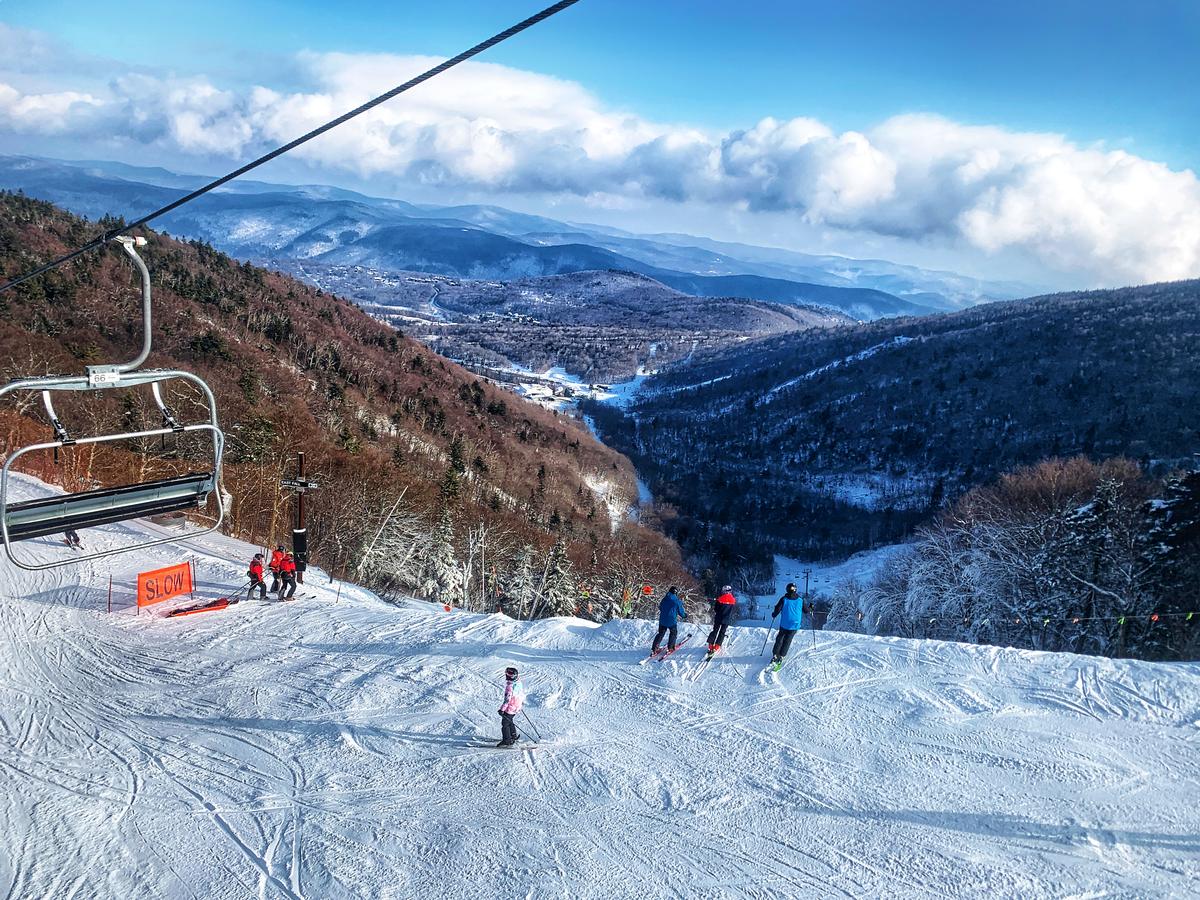
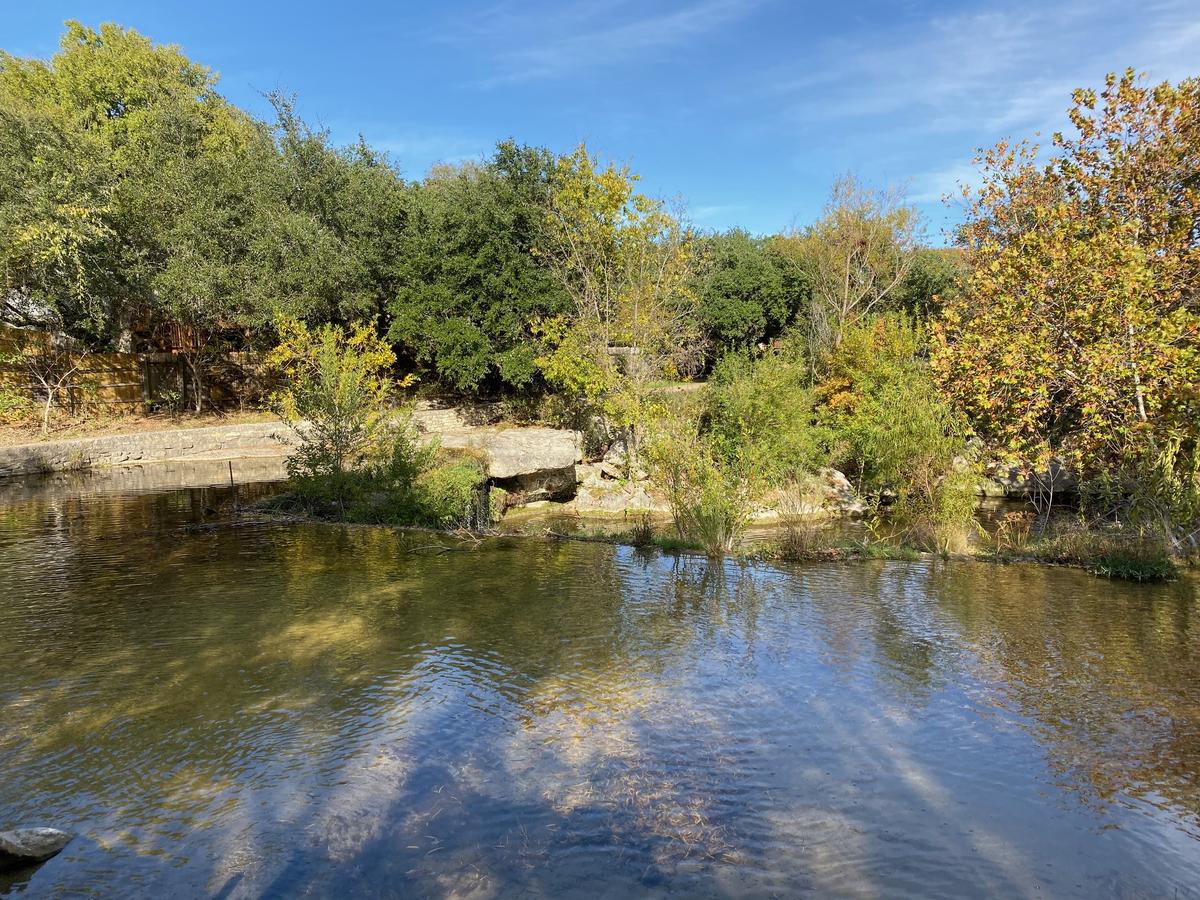
10. Dripping Springs, Texas
If you’re curious about fall in the Texas Hill Country, where I live, Dripping Springs is one of my favorite towns to visit in October. In fact, I can safely say that Texas is one of the best family-friendly destinations, with warm people and more fall events than you could ever count.
In Dripping Springs, local vineyards and breweries buzz with seasonal tastings. I also love the small-town events in mild autumn air, including the Dripping Springs Songwriters Festival, the Founders Day Wine & Food Fest, and the many family-friendly Halloween happenings.
As you are driving around, you’ll also find pumpkin patches, outdoor movie nights, and themed markets at local farms and ranches so leave some time for that in your itinerary.
Just 40 minutes from Austin, I enjoy hiking at Hamilton Pool Preserve (book well in advance for Columbus Day!) and Westcave Outdoor Discovery Center, savoring wines at award-winning vineyards along the Texas Wine Trail, and catching golden-hour views from scenic overlooks on Ranch Road 12.
Some of my favorite highlights include staying at a romantic Hill Country retreat where many B&Bs and ranch-style lodges capture the region’s rustic elegance.
If you are in town around Halloween, one of my favorite spots for Trick-or-Treating is at the Hill Country Galleria in Bee Cave (20 minutes from Dripping Springs) where local shop owners hand out generous amounts of candy to your kids!
- Location:Iin the Texas Hill Country
- Average temperature (October): 59.9°F – 78.1°F (15.5°C – 25.6°C)
- Map
What I loved best:
For me Dripping Springs is one of the best places to visit in October because it's scenic and unique!
Perfect (usually still warm!) weather, affordable prices and many family-friendly activities are my favorite highlights.
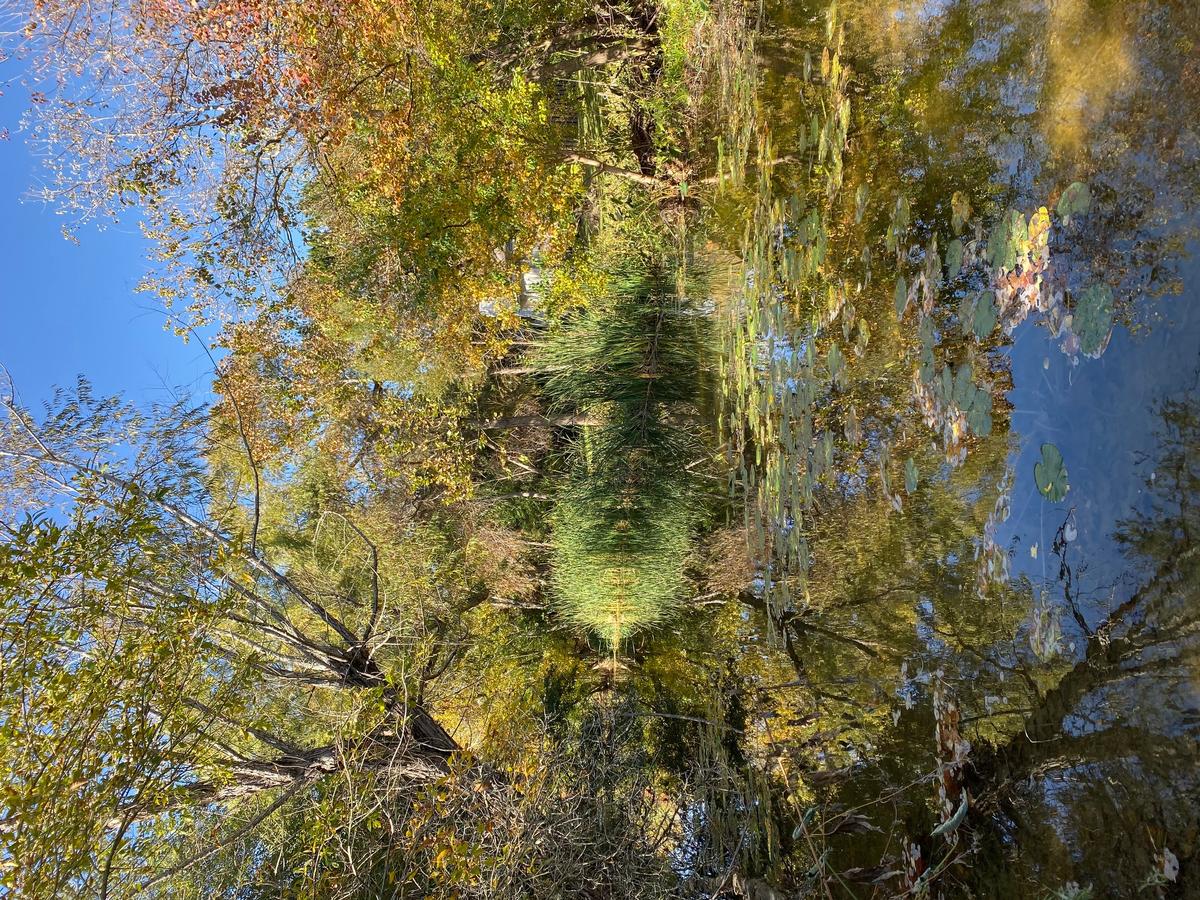
Booking Checklist
1. Book Your Flight - I use Expedia because I like their mobile app with my itinerary. They've helped me re-book flights on many occasions. Once you reach their Gold tier, support is especially good.
2. Book Your Hotel - I use Booking.com or Expedia, depending on my destination.
3. Book Your Rental Car - I use Expedia.
4. Book your tours on Viator or Get Your Guide.
5. If you are planning to visit more than three national parks in the next 12 months, buy the America the Beautiful Pass.
